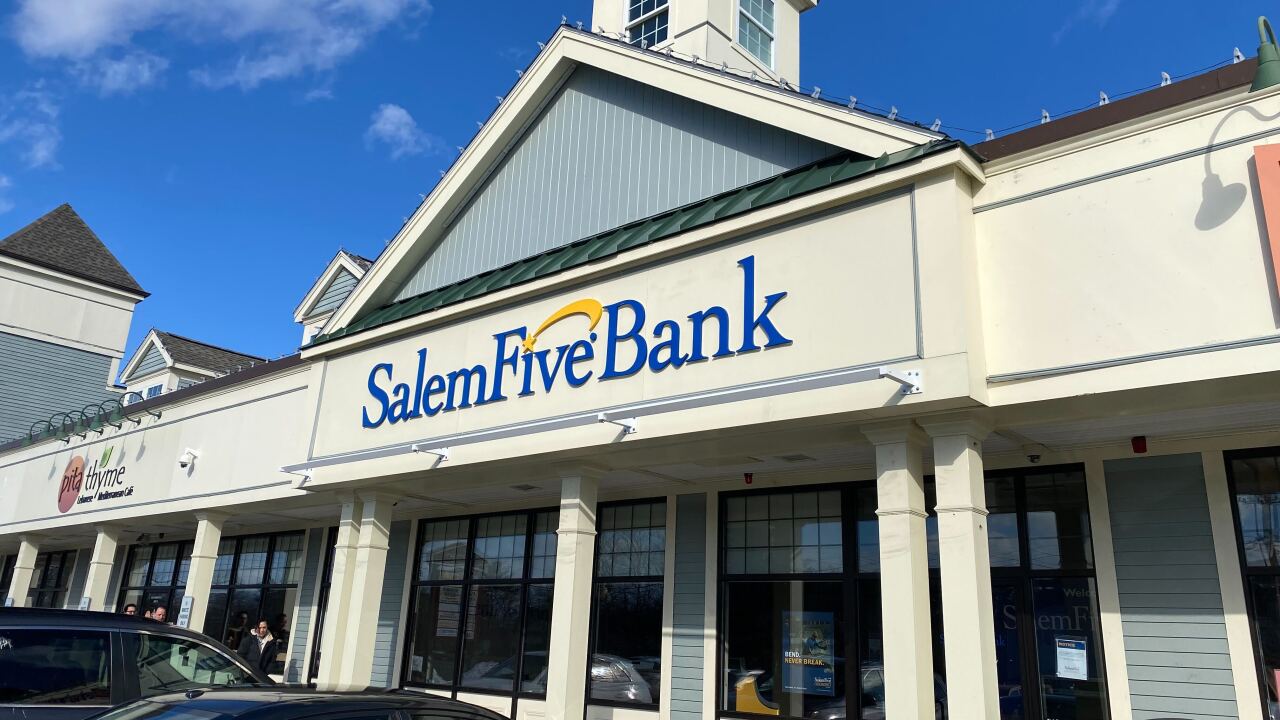-
As personal financial management software gains traction at banks, vendors are starting to tinker with its long-established formula.
January 27
Bundle Corp. wants to make financial management software more useful by making it more of a group experience.
There are plenty of companies now with tools that let people slice and dice their own financial data, but the updated Bundle application set to go live Friday will also let users compare their own spending habits against their peers'.
Jaidev Shergill, the New York financial software provider's chief executive, calls this approach "socially informed money management, which is money management, but with the context of how other people are spending well and saving well."
Shergill said having this comparative data can help eliminate some of the confusion often experienced with personal financial management tools.
When people first set their budgets on other PFM websites, "they don't really have a context of what the right starting point needs to be," Shergill said. In many cases, they might base their spending goals on their prior month's purchases, without a sense of whether their habits are appropriate for their level of income, he said.
Bundle, which is backed by Citigroup Inc., Microsoft Corp. and Morningstar Inc., launched its website in January with a service that lets people examine their peers' spending habits. It used large pools of aggregated transaction data, collected from Citi and other sources, that could be tracked by a wide range of parameters, including age, location, income and family status. For example, users could find out how much a married couple with kids would pay for rent in San Francisco, or how much a single man in his twenties spends on entertainment in New York.
However, that version did not let people import their own financial details — a sharp contrast to prevailing models for PFM software.
The new version corrects this. Users will be able to enter their age range, income range and other factors to see how their own spending on, for example, dining or travel compares to median spending levels of other people like them.
The system will generate actual dollar figures that people can adjust as they try to develop budgets, if they want to rein in their spending at bars, for example.
This data is presented visually, with color-coded transaction details to help people see when and where they are spending money.
Shergill said people can even drag each bubble around the screen as they try to plan their budgets — "We really tried to keep some of the dynamics of game mechanics in this, rather than try to keep it very spreadsheety," he said.
Marc DeCastro, a research manager at IDC Financial Insights in Framingham, Mass., said that comparing personal spending details to those of a group is a good idea.
People are curious to see how they measure up to their peers. "It's just human nature," DeCastro said. "We all like to know."
He also said that being able to see a community's spending makes Bundle's PFM service more valuable. "For a lot of people, it helps them visualize where they are with their spending habits or their saving habits," he said. Someone who was unsure if they were saving enough could see that they are ahead of the pack, or that their spending in some categories is way beyond what their peers spend.
"This is the type of analysis that people want," he said.
To bring in revenue, Bundle plans to start putting ads on its site in October. It may also eventually suggest products or bank accounts in exchange for referral fees, but it has not committed to using that business model.
Banks have expressed interest in using Bundle's software on their websites, but Shergill said it is far too early for Bundle to begin offering its software to banks. He would not say which banks contacted him.
The site also lets people set savings goals, and tells them when overspending in one area threatens their ability to put away enough money toward those goals.
Further, the site also allows users to adjust their budgets on the fly — if a person overspends on food in a given month, they can temporarily cut their entertainment budget to keep their overall spending in line.
Those adjustments will stay in place until changed, but in an update planned for September, Shergill said the modified budgets will revert to their original values at the end of each month.
Bundle does not require people to enroll to view the community data that DeCastro said is the true draw of the site; as a result, it may avoid what has become a barrier to other PFM providers.
At websites "where you have to provide your credentials up front," enrollment is "always going to a stumbling block," he said.
DeCastro said it would probably be even better for Bundle at some point to make its software available to banks to run on their own websites, because that would enable people who have already enrolled in online banking services to avoid the process of enrolling in Bundle as well.
"It could be built in within online banking," he said. "I think that would be a better value."
Individual users' data is kept separate from the aggregated group spending data, though Shergill said bundle might later allow people to contribute their own transaction details to the community data.




